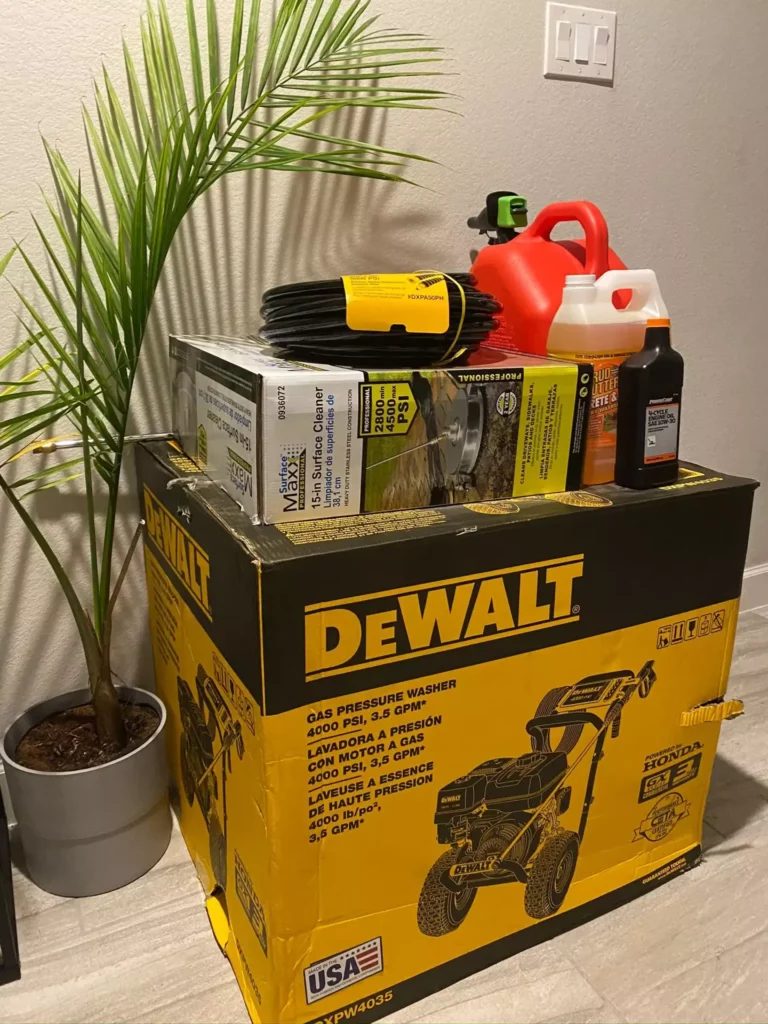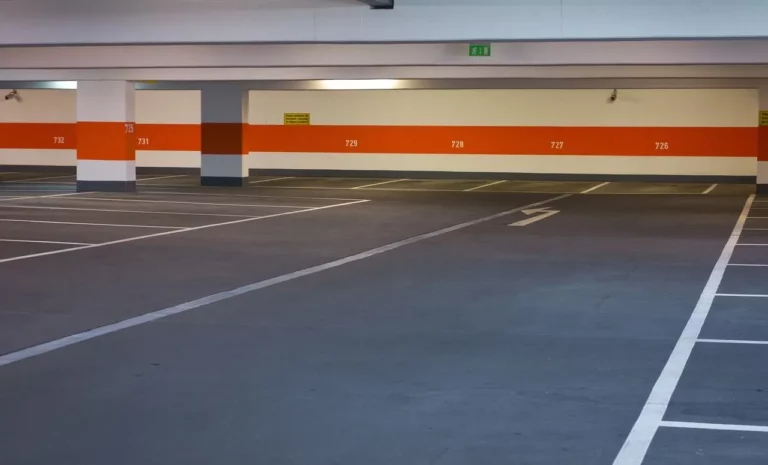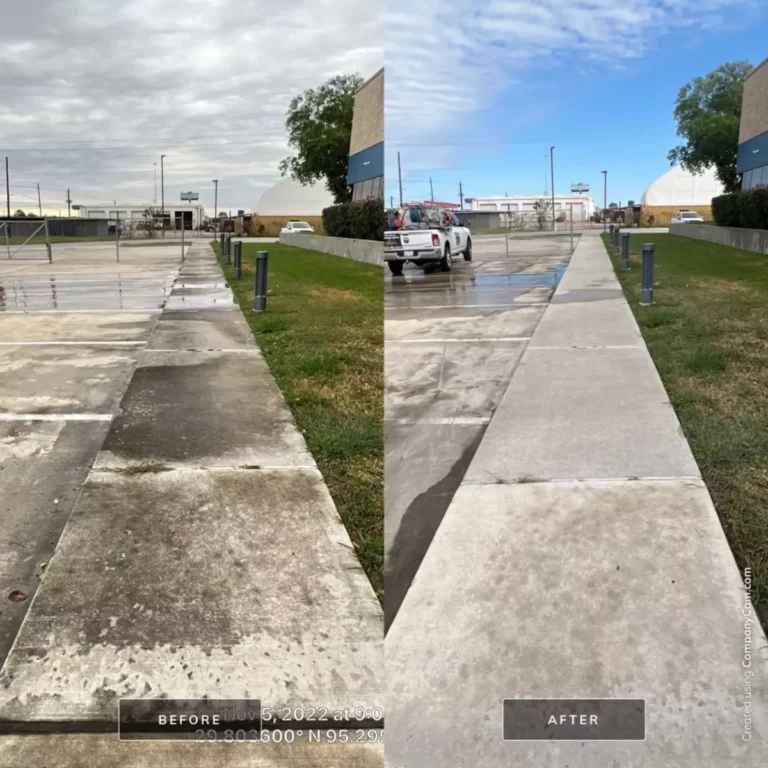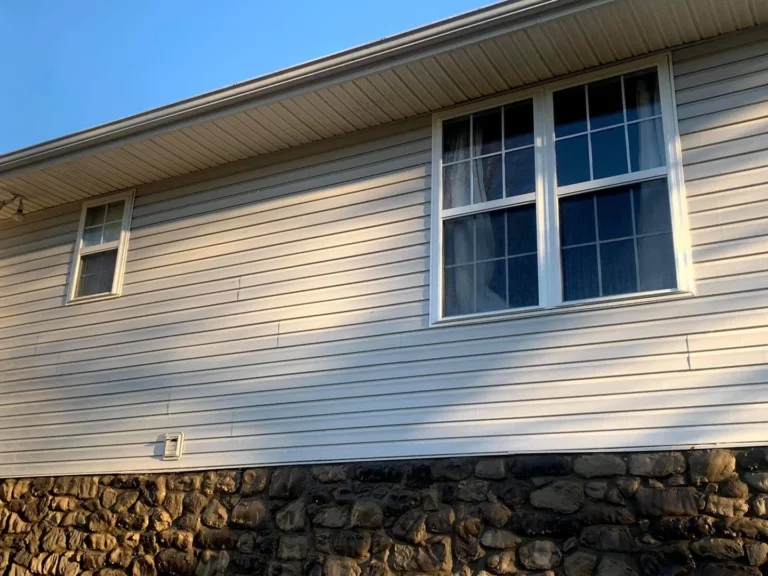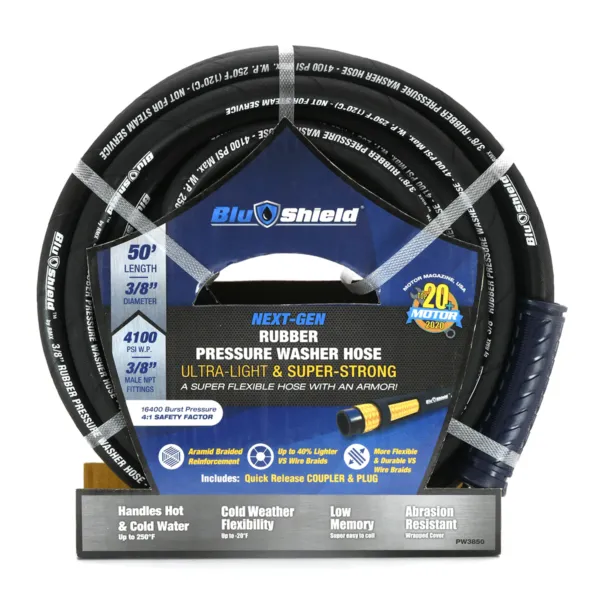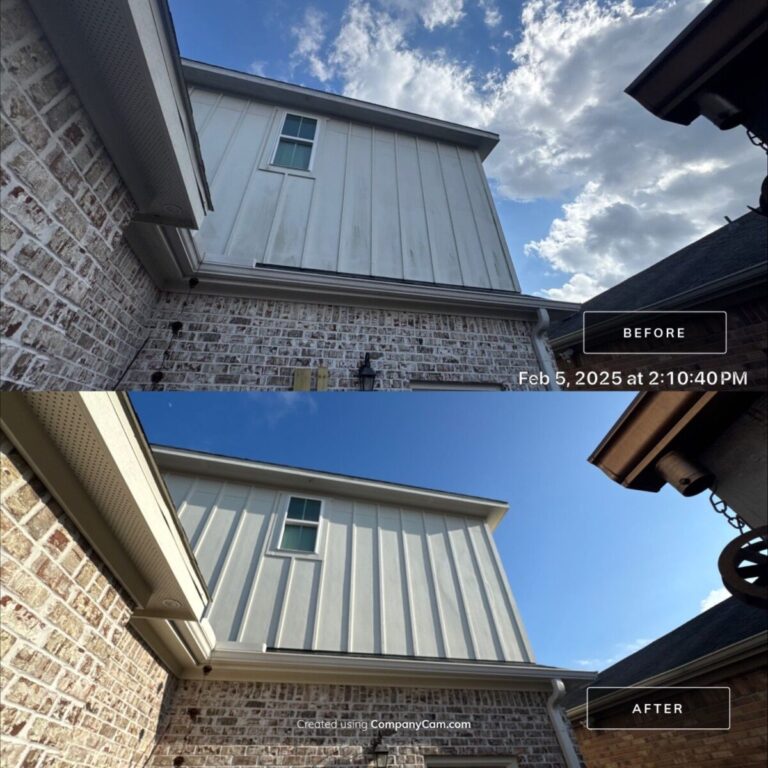Soft Washing vs. Power Washing: Which Method is Best for Your Texas Property?
When it comes to maintaining your property’s exterior appearance, choosing the right cleaning method can make the difference between stunning results and costly damage. Many Texas homeowners find themselves confused about whether soft washing or power washing is the better option for their specific needs. With our state’s unique climate challenges—from intense UV exposure and heat to sudden storms and high humidity—understanding these cleaning methods becomes even more critical for protecting your investment.
At Texas Premier Pressure Washing, we’ve been serving Texas communities for over a decade, helping property owners navigate these important decisions with confidence. Our team has seen firsthand how the wrong cleaning approach can strip paint, damage siding, or fail to address stubborn organic growth that thrives in our humid climate. From the sprawling suburbs of Houston to the historic neighborhoods of San Antonio, we’ve helped thousands of homeowners and business owners achieve remarkable results while protecting their valuable exterior surfaces.

Understanding the Key Differences: Pressure, Purpose, and Protection
The fundamental difference between soft washing and power washing lies in the pressure levels and cleaning approach used for each method. Soft washing is gentler and uses 150–300 PSI gentle-pressure black or white nozzles. Pressure washing uses at least 1,300 PSI for more powerful cleaning. This significant difference in pressure determines which surfaces each method can safely and effectively clean.
Power washing relies primarily on high-pressure water—typically ranging from 1,300 to 3,100 PSI—to physically blast away dirt, grime, and stains. This method is highly effective for removing stubborn buildup from hard, durable surfaces like concrete driveways, brick walkways, and stone patios. The force of the water does most of the work.
Soft washing takes a different approach, combining low-pressure water delivery with specialized cleaning solutions. Soft washing requires the addition of detergent to clean the surface. These biodegradable chemicals break down organic growth, stains, and contaminants at the molecular level. The low-pressure water then gently rinses away the dissolved materials, leaving surfaces clean without the risk of damage.
This chemical-based approach makes soft washing particularly effective against organic growth common in Texas’s humid climate, including algae, mold, mildew, and moss. While power washing might temporarily remove visible signs of these organisms, soft washing eliminates them at the root level, providing longer-lasting results.
When to Choose Soft Washing: Protecting Delicate Surfaces
Soft washing is the preferred method for most residential exterior surfaces, particularly those that could be damaged by high-pressure water. The main benefit of soft washing over pressure washing is that it is much less likely to damage your roofing tiles or siding.
Roofing materials are among the most important surfaces to clean with soft washing techniques. Asphalt shingles, tile roofs, and metal roofing can all be effectively cleaned using soft washing methods without the risk of dislodging materials or forcing water under protective barriers.
Vinyl and aluminum siding respond exceptionally well to soft washing. These materials can be easily damaged by high-pressure water, which can force moisture behind the siding or cause warping and cracking. Soft washing preserves the appearance and functionality while providing thorough cleaning.
Wood surfaces, whether painted or stained, require the gentle touch that only soft washing can provide. High-pressure washing can strip paint, gouge wood grain, and force water into the material, leading to rot and other damage. Painted surfaces throughout your property also benefit from soft washing’s gentle approach, preserving paint adhesion and appearance.
When Power Washing is the Right Choice: Tackling Tough Surfaces
While soft washing excels for delicate surfaces, power washing remains the superior choice for hard, durable materials that can withstand high pressure and benefit from the mechanical cleaning action. The only parts of your home that you should pressure wash at full bore (4,000 psi) are those made of concrete, using a surface cleaner that defuses pressure through two nozzles.
Concrete surfaces—including driveways, sidewalks, and patios—are ideal candidates for power washing. These surfaces can accumulate deep-seated stains from oil, rust, and other contaminants that require the mechanical action of high-pressure water to remove effectively. The durability of concrete allows for aggressive cleaning without risk of damage.
Brick and stone surfaces often benefit from power washing, particularly when dealing with thick layers of dirt, paint, or other stubborn contaminants. However, care must be taken around mortar joints, which can be damaged by excessive pressure. Professional technicians know how to adjust pressure levels and techniques to clean these surfaces effectively while preserving their structural integrity.
Metal surfaces, such as steel fencing and industrial equipment, can often withstand power washing for removing rust, paint, and heavy buildup that wouldn’t respond to gentler cleaning methods.
Texas Climate Considerations and Professional Expertise
Texas’s unique climate presents specific challenges that make the choice between soft washing and power washing even more critical. Our state’s combination of intense heat, high humidity, and frequent weather changes creates ideal conditions for organic growth while also making exterior surfaces more vulnerable to damage.
The intense Texas sun and heat can make materials more brittle and susceptible to damage from high-pressure washing. Surfaces that might normally withstand power washing in cooler climates can be damaged when they’re heat-stressed. Soft washing provides a safer alternative that achieves excellent results without the risk of heat-related damage.
High humidity levels, particularly in coastal and eastern Texas regions, promote rapid growth of algae, mold, and mildew on exterior surfaces. These organic contaminants are best addressed through soft washing’s chemical action, which eliminates them completely rather than just removing visible growth.
Both soft washing and power washing require professional expertise to achieve optimal results while protecting your property. Safety comes first. Always consider safety, for yourself, your loved ones, and your property. If you’re uncertain, it’s best to hire a professional who can assess your specific needs and choose the appropriate method.
Professional technicians understand chemical selection, mixing ratios, and application techniques that make soft washing effective. They also have the training and equipment necessary to perform these services safely, including proper personal protective equipment and techniques for protecting surrounding areas.
Ready to transform your property with the right cleaning method? Contact Texas Premier Pressure Washing today for a professional assessment of your cleaning needs. Our experienced team will evaluate your specific surfaces and recommend the perfect approach—whether soft washing, power washing, or a combination of both. Don’t risk damage to your valuable property with the wrong cleaning method. Call us now to schedule your consultation and discover why Texas property owners trust us for superior results and complete peace of mind.


